I came across this article on Nature Methods which provided a very nice heatmap: http://www.nature.com/nmeth/journal/v12/n4/full/nmeth.3311.html
Different from other heat map is each rectangle is divided by a diagonal line, with 1 part represent the literature data and the other in-house data. I think this is a very nice way to compare the data. However, I do not know how to draw this pic in R. Does anyone have any clue on how to do this?
A small screenshot is provided below:

Below is a demo dataset of a 2*2 grid. I would like the colour of the four rectagles divided by Group.
Para1 Para2 Value Group
A D 0.2 A1
A E 0.4 A1
B D 0.56 A1
B E 0.32 A1
A D 0.7 B1
A E 0.16 B1
B D 0.12 B1
B E 0.71 B1